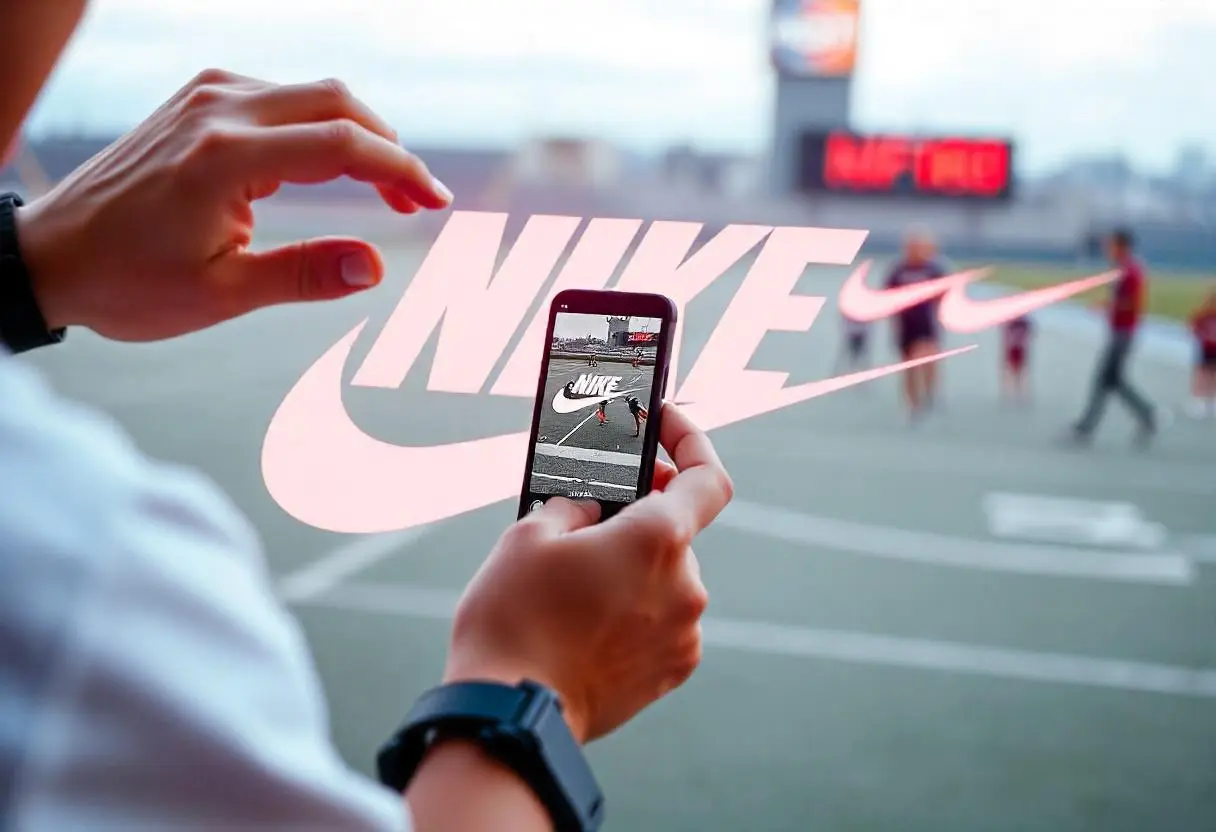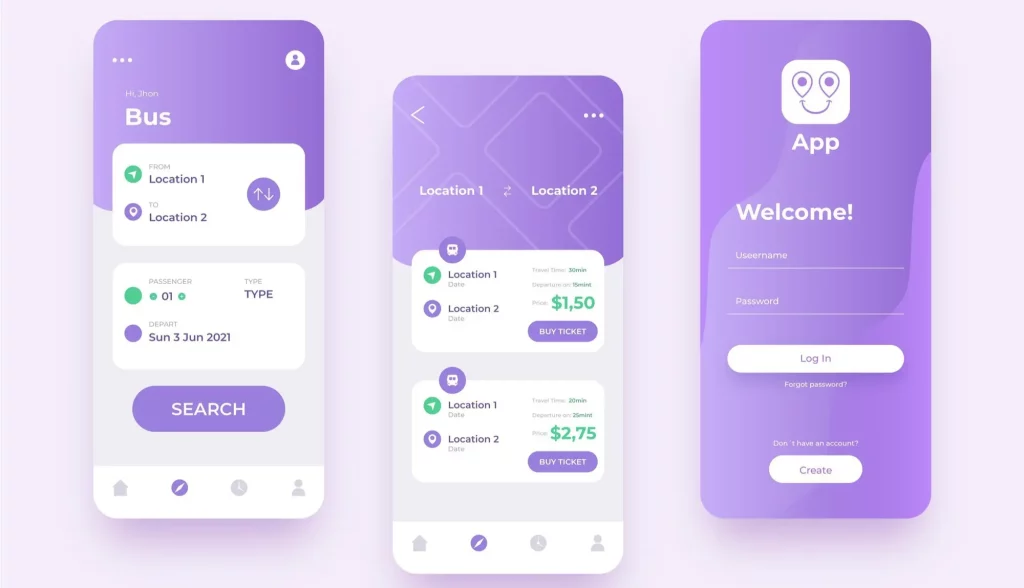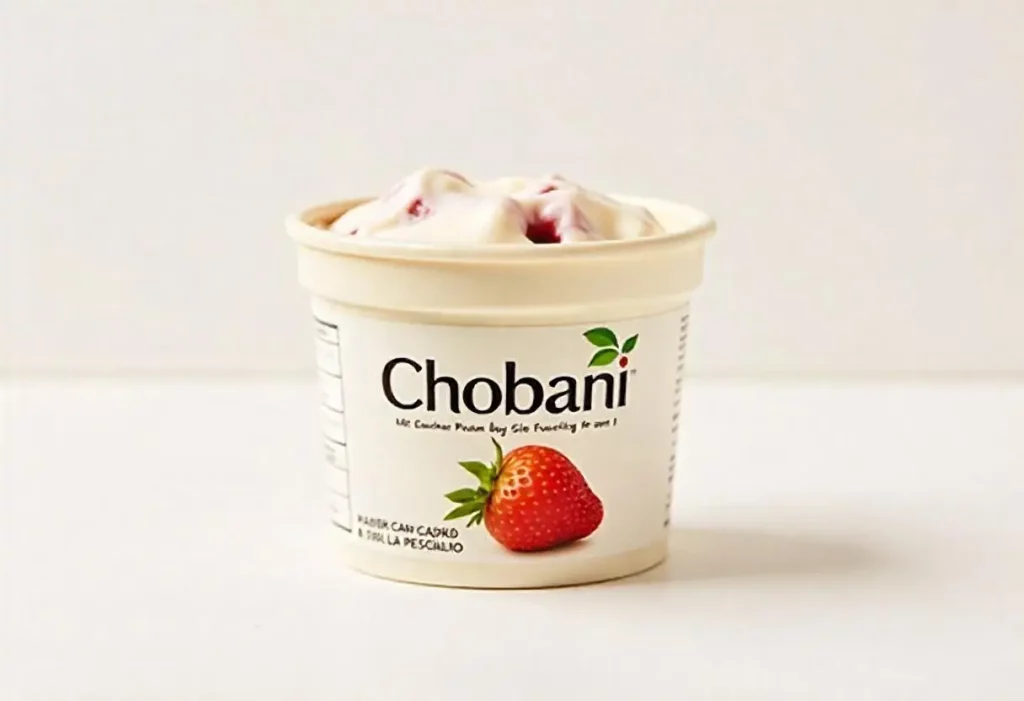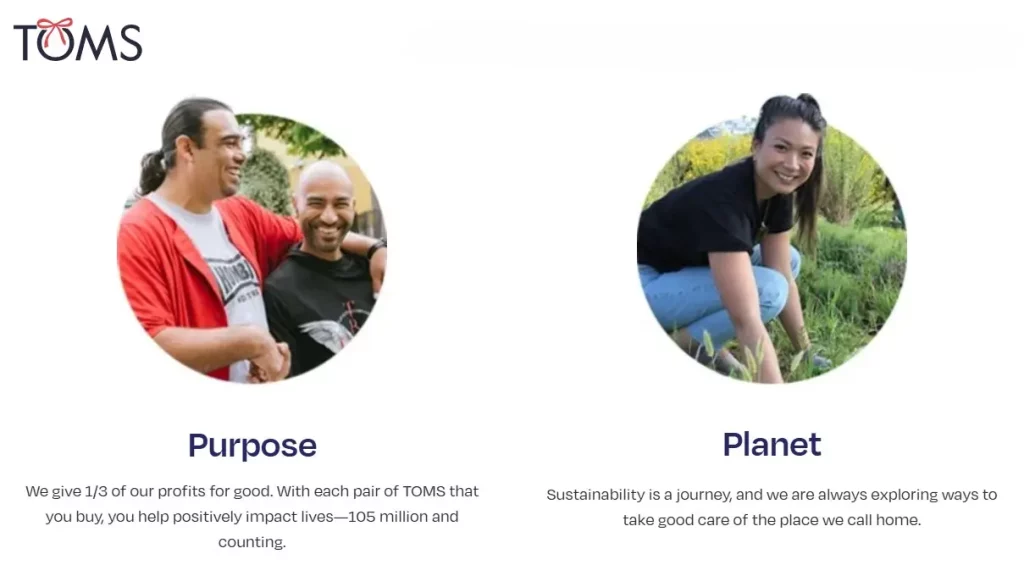“Note: The story and character Maya and her brand-Aura, are fictional and used to illustrate branding trends for 2025.”
Maya is the owner of a boutique brand Aura creations known for its sustainable fashion, found herself reflecting on her journey. Her business had grown steadily over the years.
One day when Maya gazed out over the bustling city streets from her boutique window, she couldn’t help but think about how quickly the branding landscape was changing. With 2024 coming to an end, she knew that staying relevant meant understanding the branding trends for 2025 that would shape customer expectations.
From sustainability to immersive digital experiences, these trends weren’t just fleeting ideas—they were a blueprint for how brands like her Aura creation could thrive in an ever-evolving market. Maya felt a surge of determination as she made a note: to keep Aura Creations ahead, she needed to embrace these trends and make them central to her strategy for the coming year.
1. Sustainability: More Than a Trend, A Brand’s Backbone
One of Maya’s most important moves in 2024 had been the sustainability planning. She had always been passionate about the environment, but this year, she took it a step further. She reduced the use of plastic in her packaging, switched to organic cotton for her clothing line. Also started sourcing materials from fair-trade certified farms.
It wasn’t just about making her brand appear more eco-friendly. It was about building a relationship with her customers based on trust and shared values. While Maya was reading the customers’ feedback, she got an insight and realized that it was not only the great product they wanted but also to see their purchases as a response to their personal values.

For Maya, being green is not a tool for marketing; it actually has become a part of Aura Creation’s nature. Nevertheless, she was sure that it would be the one of the branding trends in 2025. Companies such as Patagonia and IKEA, for instance, have already thrived as the champions of this realm, while Maya would probably follow in their footsteps soon. She could see that sustainability was becoming a core element for brands that wanted to be seen as authentic and responsible.
2. Immersive Brand Experiences: Engaging More Than Ever Before
As Maya worked late into the night, she recalled the event she had hosted earlier that week. Her customers came not only to try on the clothes but rather to experience the brand. She had partnered with a local artist to create an interactive fashion show that incorporated augmented reality (AR). That allowed guests to see 3D models of the clothing they were trying on. It was an unforgettable experience that left her guests talking long after the event was over.
She realized that this is the future of branding. It wasn’t enough for the customer to simply purchase products; they wanted to engage with the brand on deeper and more personal level. In 2024, brands have begun to utilize experiences to the full extent in order to create new levels of engagement, and Maya, therefore, knew this would be a stronger trend as 2025 loomed closer.

Examples of industries far ahead of them include Nike and Sephora which have specific retail and digital spaces prepared for the use of augmented reality and virtual reality. Maya started imagining how she could integrate this into her brand’s experiences, such as virtual try-ons, live-streaming fashion shows, and behind-the-scenes tours.
3. Mobile-First: A Design for the Digital Age
On a chill night, Maya was doing some tasks related to her business and thus sat down to have a look at her website’s analytics. She noticed that most people are visiting Aura Creations using their smartphones. And what struck her most is the percentage of those who left the site without buying anything. The reason for this? The Desktop-First Design.
In order to fix this issue Maya invested in a full redesign of her website, where mobile-first design was applied. Now, shopping has become an easier with cleaner interface, quick load times, and seamless checkout experience, no matter where the customers are. She was anticipating a 2024 trend that would only become more prominent in 2025: brands must design for mobile, or they risk being left behind.

As mobile traffic continued to increase, brands that prioritized mobile-first experiences would remain ahead of the curve. Maya felt confident in her decision to make this a priority—after all, her customers were always on the go, and her brand needed to be with them every step of the way.
Read the blog Responsive web design in Dubai to know more about the responsive web design.
4. Authentic Influencer Partnerships: Trust in a Crowded Market
Maya always had doubts about working with influencers. She didn’t really like the idea that the famous people are being paid for the advertisement of her clothes. But when she started collaborating with a local fashion blogger, Eliza, her perspective changed. Eliza wasn’t just an influencer—she was a loyal customer who truly believed in Aura Creation’s mission
The campaign was so successful, not because of the amount of likes, but because of the genuine expressions it came with. Maya has come to the understanding that in 2024, the influencers that actually are loyal to a brand’s goals will be infinitely better than the ones who do it for money. As 2025 approached, Maya knew this trend would become even more pronounced, with customers seeking authenticity over popularity.

Companies like Glossier and Chobani have taken great advantage of micro-influencers whose followers already trust their judgment. Maya’s insight was to become very intense with those partnerships for Aura Creation’s voice to remain authentic and clear in 2025.
5. Purpose-Driven Branding: A Call to Action
Maya’s final thought as she closed her laptop for the night was about her brand’s purpose. Back in 2024 she launched a program that a portion of every sale went to protect and support the local communities and small businesses. She saw firsthand how this resonated with her customers, many of whom were passionate about supporting brands that stood for something greater than just profit.
She was aware that soon this trend would be more crucial than ever. Customers are no longer just looking for quality products but for brands that are leading the way to positive change. Purpose-driven branding was no longer a trend—it was a movement that was reshaping how businesses approached their mission and vision.

Brands like Ben & Jerry’s and Toms have laid the foundations of business of kindness without greed and Maya is going to champion the same way with this branding trends for 2025 with Aura Creations.
Conclusion: Embracing the Future of Branding
As Maya looked out over the city one last time, she knew that Aura Creations had a bright future ahead. By embracing the branding trends of 2024—sustainability, immersive experiences, mobile-first design, authentic influencer partnerships, and purpose-driven branding—she had laid the groundwork for a brand that would resonate deeply with customers in 2025 and beyond.
In the same manner as Maya who had her shop evolve into a brand that was not only a store but also a type of institution, other brands can take these trends into consideration to shape their future. Pixtar helps businesses leverage these branding trends and make them part of their marketing strategies that eventually lead to growth, engagement, and long-term profits.
Ready to take your brand to the next level in 2025? Let’s make it happen. Contact Pixtar today.







